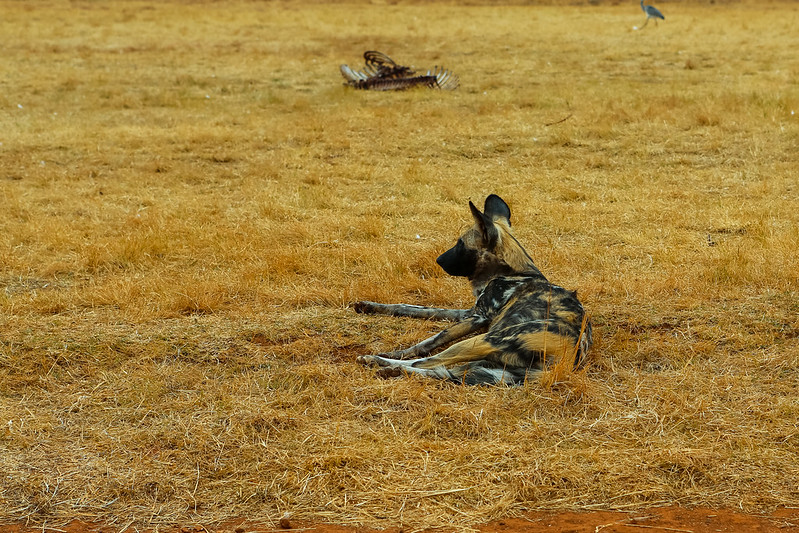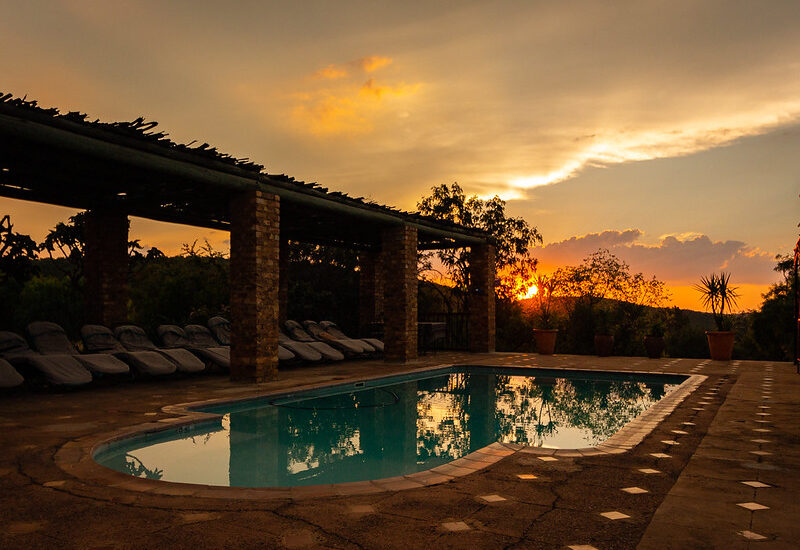Best Safari Parks & Game Reserves Near Johannesburg It's not far to get into the…
Tips for driving in Kenya
Tips for driving in Kenya, How to get around Kenya by car Kenya is a dream vacation spot with a huge variety of beautiful natural sights. Kenya is known for its wildlife safaris, nature parks, snowy mountains, endless grasslands, and beautiful sandy beaches. It is also known for having bad traffic and roads with lots of holes.
How to Drive in Kenya
To help you plan your self-drive tour in Kenya, we’ll go over some tips and things you need to know.
Kenyan roads in good shape
Take care when driving
In case something goes wrong
Mileage or amount of fuel used
Kenya’s traffic cops
Getting There
Distance to travel
Crossing the border
How are Kenya’s roads in this country?
All of Nairobi’s main roads and those that lead out of the city are well-paved and will get you to your trekking spot without any problems. So, these By African standards, the roads are in good shape. Some roads aren’t paved, so they will have holes in them.
If you rent a car, you should try to stay away from these roads.
There are some rough spots on the roads that lead to the Maasai Mara Triangle.
There is always one part of the A109 route between Nairobi and Mombasa that is being worked on, especially between Tsavo, Voi, and Mombasa. A lot of slow cars use this highway, which makes your trip go by much faster. Watch out for other drivers who are passing you in a dangerous way.
If you think that the C107 south from Mariakani to Kinango is a good way to avoid Mombasa, you should think again.
Road from Nairobi to Samburu. This is a terrible state that you should try to avoid.
How do I follow the highway rules in Kenya?
Follow the speed limit, which is 80 km/h on the highway and 50 km/h in cities. It’s best to go 40 km/h off-road.
Watch out for speed bumps that aren’t marked. There are a lot of them in many parts of Kenya.
Be careful as you drive.
Stay in your lane and slow down when you’re in a blind spot or sharp turn. Someone is likely to pass you in your lane, and you won’t be able to avoid them.
Do not drive after 6 p.m.; it is hard to see potholes and other cars often use bright high beam lights.
Bring cash, water, and a fully charged cell phone with you at all times.
Remember that getting a flat tire is part of the fun because the roads are rough on tires.
What happens if something breaks down?
Of course, problems can happen, and this is something you should always keep in mind when renting cars in places like Kenya where the roads are rough. We recommend planning your trip with enough extra time in case something comes up.
If your tire goes flat, you should fix it yourself.
You should have. If your car breaks down and needs 24 hours to be fixed, we’ll give you a new one.
How many miles do you get per gallon of gas?
The Toyota Hilux gets about 9–10 km/L of gas usage and the Landcruiser gets about 7–8 km/L. The exact number depends on the road and how you drive. It costs about USD 1.10 to 1.30 a liter for gas. Remember that you have to pay cash in Kenyan Shillings for fuel.
What should I do if I get pulled over by the cops in Kenya?
Stay calm and friendly if Kenyan police stop you on the side of the road, and show them your papers. Some police officers will ask for money, so make sure you get an official statement to avoid being ripped off.
How do I find my way around and plan my route when I’m driving in Kenya?
If you download the Kenya Maps and the free Maps.me app to your phone before you go to Kenya, it will be easy to find your way when you’re not online.
Could you tell me how far I can go in one day?
There are a lot of speed bumps, you need to slow down when you go through towns, you need to stop for bathrooms, and you probably want to take a lot of pictures! The asphalt roads are in good shape, but you shouldn’t go faster than 50 to 60 km/h. About 30 km/h is the top speed on dirt roads.


